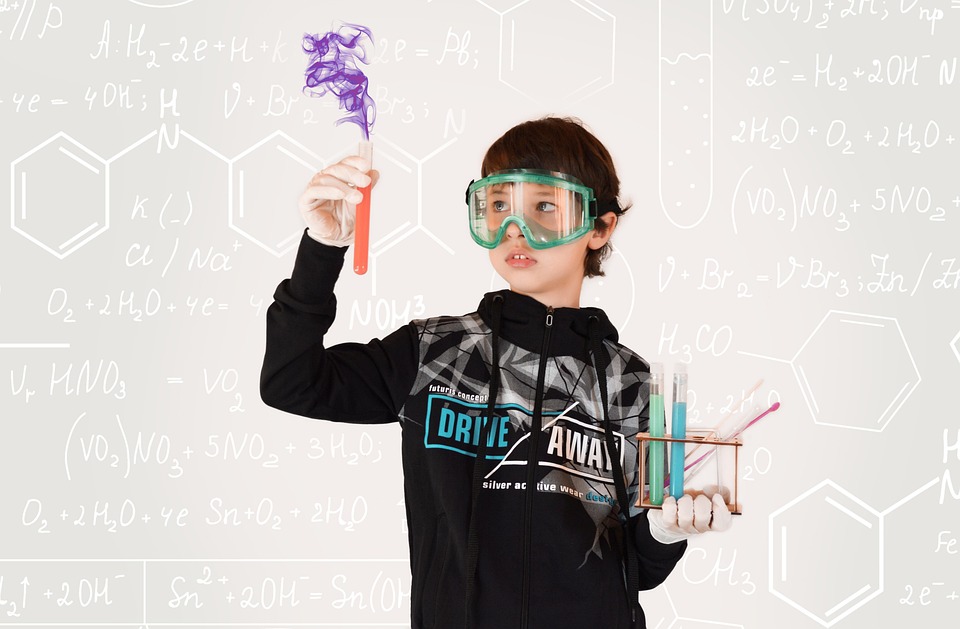Transformative learning theory, developed by Jack Mezirow in the late 20th century, addresses how adults learn differently than children. This theory promotes critical thinking and personal reflection, encouraging learners to question their preconceived notions and beliefs. In an educational landscape where critical thinking is increasingly vital, transformative learning offers a potent framework for fostering deeper understanding and engagement among students.
The Foundations of Transformative Learning
Transformative learning asserts that effective learning occurs when individuals critically reflect on their experiences. This approach has several key components that educators can leverage to cultivate critical thinking in students:
- Critical Reflection: This is at the core of transformative learning, involving questioning one’s assumptions and beliefs. It requires an attitude of openness and a willingness to consider new perspectives.
- Dialogue: Engaging in constructive discourse allows learners to explore different viewpoints. This dialogue can occur among peers, instructors, or within a community, promoting a richer exchange of ideas.
- Experience: Transformative learning is rooted in real-life experiences, enabling students to apply theoretical knowledge to practical situations, strengthening their critical thinking skills.
- Change in Perspective: The ultimate goal is to achieve a fundamental change in how learners view the world, making them more resilient, adaptable, and able to think critically about complex issues.
Strategies for Implementing Transformative Learning
Educators can adopt a range of strategies to effectively implement transformative learning principles in the classroom. Here are some practical approaches:
1. Encourage Reflective Journaling
Having students maintain a reflective journal can facilitate the introspective process necessary for transformative learning. Journals allow students to articulate their thoughts, track their learning journeys, and identify patterns in their thinking that may need to be reconsidered.
2. Facilitate Group Discussions
Constructing small groups fosters dialogue and debate over specific topics. These discussions not only expose students to diverse perspectives but also challenge their existing viewpoints, compelling them to engage in critical thinking.
3. Utilize Case Studies
Case studies present students with real-world problems that require critical analysis and decision-making. By applying the concepts learned in class to concrete scenarios, students can practice critical thinking in a relevant context.
4. Implement Problem-Based Learning (PBL)
PBL revolves around solving complex, real-world problems that do not have straightforward solutions. This approach encourages students to ask questions, conduct research, and collaborate with peers—essential practices for cultivating critical thinking.
The Role of Instructors
Instructors play a pivotal role in fostering a transformative learning environment. They can do this by:
- Modeling Critical Thinking: Educators should demonstrate critical thinking in their teaching methods, showcasing how to analyze and evaluate information critically.
- Creating a Safe Learning Environment: Students should feel comfortable expressing their thoughts and challenging others without fear of judgment. A supportive atmosphere encourages openness and honest dialogue.
- Providing Constructive Feedback: Constructive criticism helps students refine their critical thinking skills, guiding them in the right direction while allowing room for improvement.
Challenges and Considerations
Despite the many benefits of transformative learning, several challenges can arise:
- Resistance to Change: Students may be hesitant to question their beliefs or change their perspectives, particularly if they hold strong convictions.
- Time Constraints: Transformative learning can require significant time for reflection and discussion, which may not always align with curricular demands.
- Diverse Learning Styles: Not all students learn in the same way, so instruction must be adapted to accommodate various learning preferences for transformative learning to be effective.
Conclusion
Transformative learning is a powerful educational framework that promotes critical thinking and personal development. By encouraging students to question their assumptions and engage in meaningful dialogue, educators can foster an environment where critical thinking thrives. Implementing strategies such as reflective journaling, group discussions, and problem-based learning provides students with the tools they need to become lifelong learners, equipped to navigate an increasingly complex world.
FAQs
1. What is transformative learning?
Transformative learning is an educational theory that emphasizes critical reflection and discourse, ultimately leading to a fundamental change in a learner’s perspective.
2. How does transformative learning promote critical thinking?
By encouraging learners to question their assumptions and engage with diverse viewpoints, transformative learning fosters deeper analysis, evaluation, and synthesis of information.
3. Can transformative learning be applied to all educational levels?
While transformative learning is particularly effective for adult education, its principles can be adapted for younger learners by incorporating age-appropriate reflective practices and discussions.
4. What role do instructors play in transformative learning?
Instructors facilitate transformative learning by modeling critical thinking, creating a safe learning environment, and providing constructive feedback.
